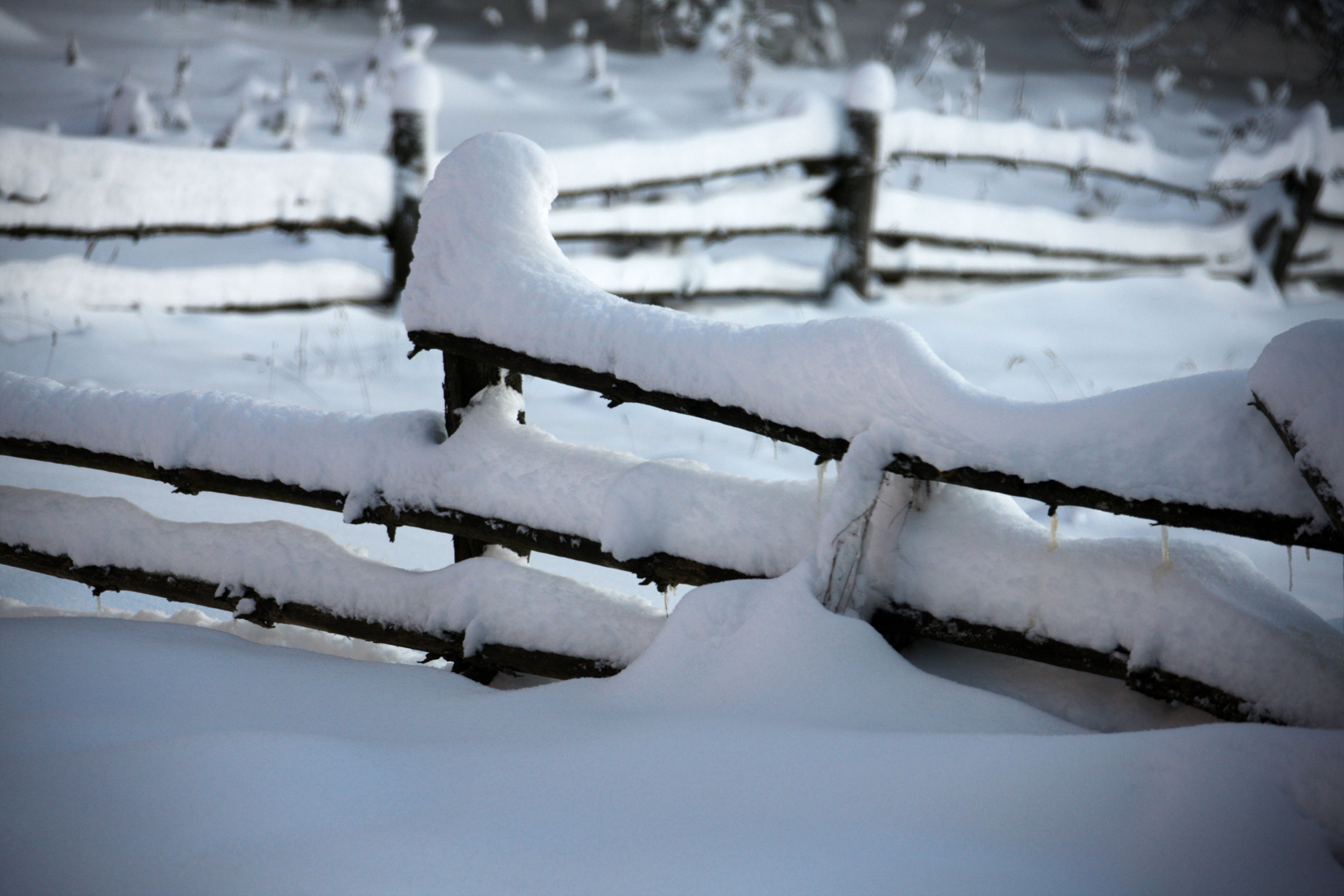
Snow, ice and bitter temperatures make fence fixing a laborious chore. Sayda Canizares owns Bluestockings an Arabian and Quarter Horse breeding facility in Jordanville, New York. She shares her temporary, quick fence fixes to keep the horses contained and safe until a full repair can be made in spring.
Snow and ice can bend, mangle and break wire fencing. Falling tree limbs can also create damage. It can be too difficult to mend or replace when the bottom three feet of the fence is covered in packed/frozen snow.
“In these cases we’ve had to resort to cutting all exposed pieces of the fence off and bending the wire edges over to prevent injury,” she said. “Then we put up old fence boards between posts on the inside of the paddock.”
She admitted this is not necessarily a ‘quick fix’, but it is quicker than clearing snow and repairing or replacing wire fence lengths.
Stables that use vinyl fencing have a different set of considerations heading into winter. “Synthetic fences have the potential to shrink during cold temperatures,” said Liv Sandberg, an equine extension specialist at University of Wisconsin-Madison. “It’s important to make sure the fencing is well-fitted and adjusted prior to winter.”
Wood fences are more easily visible in deep snow than electric fencing can be. However, wood fencing can also sustain damage during storms and accidental run-ins with snow clearing equipment.
“Check your wood fences for nails before winter arrives,” Sandberg said. “If you use high-tensile strand wire on top of the fence, check to make sure it is in good shape and is tight.”
Preparing for winter before it arrives can be more effective than any quick fix. For example, some horse farms use temporary snow fences and tree hedgerows to alleviate snow drifts. “These direct snowdrifts away from key livestock pathways since our property is always windy,” she said.
Prior to the winter season, Canizares also checks all paddock gates to make sure they hang far enough off the ground to open even when there is snow on the ground. “We have double turnout gates here to ensure that we can at least clear the mouth of the turnout chute so that horses don’t crowd each other when it’s time to come in,” she said.
Snow drifts sometimes cover the tops of fencing. This is difficult to anticipate and address. “Fortunately, our horses seem to think there’s an invisible barrier there,” she said. “We’ve considered electric fencing that would allow us to erect fence wire or tape up above the fenceline as needed.”


